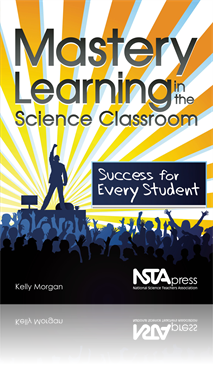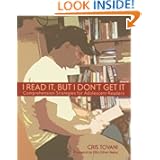I am getting more and more excited about the NGSS, the science class addendum to Common Core, which addresses the language and math part of our teaching.The NGSS are not just a list of science standards of concepts students should know. A typical "old" California standard looks like this one:
This is what a similar part of the NGSS looks like:
You can read the entire standard here : http://www.nextgenscience.org.(The standard can be confusing at first, because it includes the Practices, like Asking questions and Making Models, Cross-cutting Concepts, like Patterns and Cause and Effect, and Disciplinary Core Ideas, like the one shown above on Forces and Interactions.
Paul Anderson has made a fantastic series of videos produced by Bozeman starting with this one, which includes the playlist of all 59 videos:
I recommend doing a couple a day (as I'm doing), starting with the Practices and Cross-cutting Concepts, then skipping to the Disciplinary Core Ideas that interest you (Physical Science and Chemistry, mostly, for me.)
I hope you enjoy this new world of teaching! I think this would also be useful to teachers who are not in a state that is implementing them (like California) because the ideas are so powerful.
Notice the students are expect to "know" things - which then can easily be tested on a multiple choice test (except that my students this year couldn't show their knowledge that way anyway!)Motion and Forces
1. Newton's laws predict the motion of most objects. As a basis for understanding this concept:
- Students know how to solve problems that involve constant speed and average speed.
This is what a similar part of the NGSS looks like:
Students here demonstrate their understanding (not what they know) by doing things, like analyzing data, which involves asking questions, making models, planning and carrying out experiments, collecting data to analyze, etc. In other words, students will be doing what scientists and engineers do to figure things out.HS-PS2 Motion and Stability: Forces and Interactions
Students who demonstrate understanding can: HS-PS2-1. Analyze data to support the claim that Newton’s second law of motion describes the mathematical relationship among the net force on a macroscopic object, its mass, and its acceleration.
[Clarification Statement: Examples of data could include tables or graphs of position or velocity as a function of time for objects subject to a net unbalanced force, such as a falling object, an object rolling down a ramp, or a moving object being pulled by a constant force.] [Assessment Boundary: Assessment is limited to one-dimensional motion and to macroscopic objects moving at non-relativistic speeds.]
You can read the entire standard here : http://www.nextgenscience.org.(The standard can be confusing at first, because it includes the Practices, like Asking questions and Making Models, Cross-cutting Concepts, like Patterns and Cause and Effect, and Disciplinary Core Ideas, like the one shown above on Forces and Interactions.
Paul Anderson has made a fantastic series of videos produced by Bozeman starting with this one, which includes the playlist of all 59 videos:
I recommend doing a couple a day (as I'm doing), starting with the Practices and Cross-cutting Concepts, then skipping to the Disciplinary Core Ideas that interest you (Physical Science and Chemistry, mostly, for me.)
I hope you enjoy this new world of teaching! I think this would also be useful to teachers who are not in a state that is implementing them (like California) because the ideas are so powerful.











